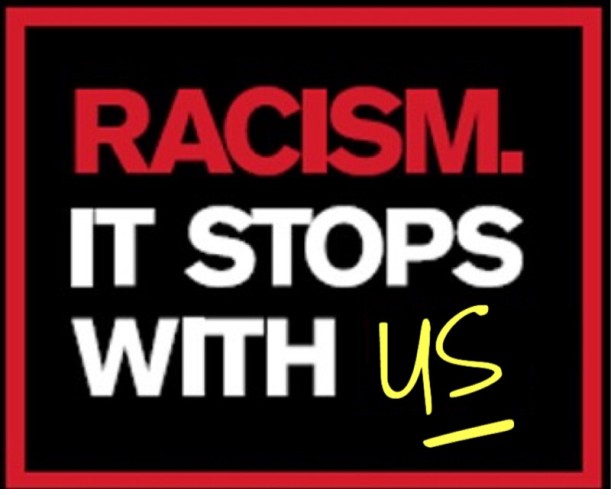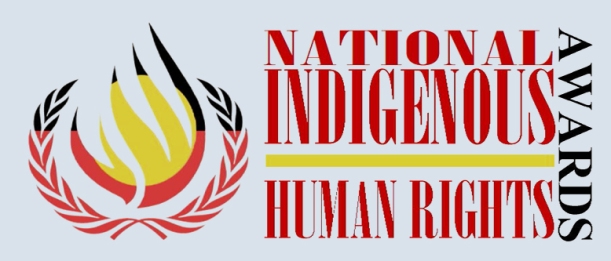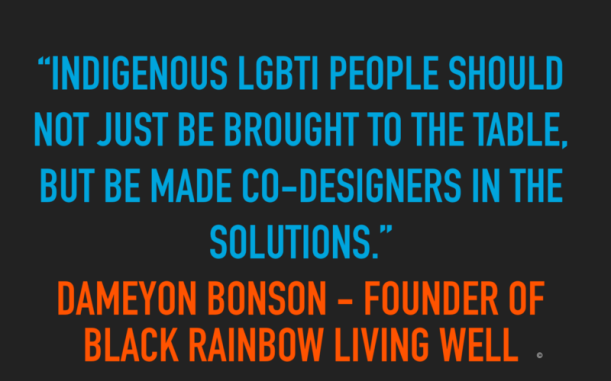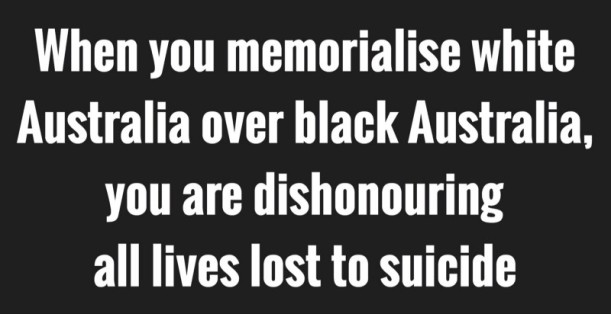I fall into several main groupings when it comes to suicide risk. I am male, and I am in my 40’s. I live with depression and I live with anxiety. I am gay, and I am an Indigenous Australian. I am a gay Indigenous male in his 40’s living with depression and anxiety. However, just for the record I am not suicidal.
Here in Australia nearly 80% of the deaths by suicides are male deaths. The median age of deaths by suicide for males is the mid forties. Depression, for both males and females, is known of course to be a risk factor for suicide. Indigenous males in Australia are twice as likely to die by suicide than non-Indigenous Australian males, and gay males are said to be six times more likely to die by suicide.
However, being male doesn’t make you suicidal as neither does being an Indigenous person. This rule same applies if you are a gay person. Being gay doesn’t make you suicidal. The exception is having depression. It does not make you automatically suicidal, but left untreated you place yourself at greater risk, I do recommend finding a service that suits you. I’ll be honest, male positive services are as rare as hen’s teeth, but whatever you do don’t give up looking. The most successful male positive services have a high intake of men.
For those not familiar with the term ‘upriver suicide prevention’ (also know as upstream suicide prevention’), let me set the scene – picture the top end of a river, a person standing on the river bank and a kayak floating in the calm waters. The river bank is a person’s life, and on that river bank there are a number of determinants, social, political, environmental, you name it. ‘Upriver suicide prevention’ means having protective structures in place to stop you from ending up in the river in the kayak and heading downriver. Downriver is where the water, and the person life, gets quite treacherous and tough. Heading downriver there are a few submerged rocks, a couple of whirlpools, some bruising rapids – each of these representing social, political, environmental determinants left unattended and they have gotten worse, more stressful on a person.
The person in that kayak maybe either exhibiting some kind of suicidal behaviour; or is behaving in a manner that is placing them at risk of suicide or death; or can be observed as being affected by said determinants and risk factors, placing their life at risk. The further that person is down that river in that kayak the greater the risk that person is of ending their own life. Bear in mind that, the farther down the river a person is, the more challenging it is to get them back or themselves upriver and on to its bank.
Because at the end of that river is a bone crushing life ending waterfall.
The importance of upriver suicide prevention is activities and initiatives which cannot be understated. These activities and initiatives can be highly effective in stopping people from ending up in that kayak, or at least keep them upstream.
Suicide Prevention:
When is comes to ‘suicide prevention’ It’s probably worth noting that ‘suicide prevention’ isn’t the actual preventing of suicide. It’s the accumulative ‘efforts’ done to prevent suicide. It is an output, not an outcome. There may be a ton of ‘efforts’ (output), and there is, to prevent suicide, but how many actually work (outcome)? When a person ends their own life every forty seconds[i] (globally) it’s sometimes challenging to see. Then again, without these efforts it could be a death by suicide every 10 seconds and current efforts stem that from happening. We just don’t know.
Capacity building vs. Capacity strengthening:
There is much government and non-government policy and documents designed and written for service provision with the intent to engage with Indigenous people that focus on ‘capacity building’. It is a deficit approach. If you are working with Indigenous people with the idea to ‘capacity build’, the inference is that there is none; that there is no capacity, so you don’t see any and you wrongly ‘start from scratch’. By pursuing a capacity building ideology people fall into the ‘helping’ role (pit); helping by the way is also a deficit approach. Indigenous people are not helpless. If you continue down this pathway you fall into the pit of white saviourism and nothing good happens from there.
Capacity strengthening on the other hand is the idea and the recognition of the capacity that already exists in communities and in people. These communities and people have capacity, but have a lack of resources, or access to resources, to fully realise, actualise and mobilise their capacity. In this circumstance the roles and functions of people working with and alongside Indigenous people is to use their skills and expertise to further strengthen the existing capacity to assist in responding to the ills affecting them. In the truest form of community development, capacity building places Indigenous people as the knowledge holders of the solutions. For capacity strengthening to be fully realised, Indigenous people also need to be the main beneficiaries of the work being done. Any and all projects and initiatives must be lead by Indigenous people. The intellectual property of these initiatives must be majority held by Indigenous people. Any capital acquired as result of this work must be shared equitably. Whether it be professional, social or economical. I kid you not, much like Indigenous health, Indigenous suicide prevention is an industry. And to be frank, if you are a service provider whom has received large amounts of money to deliver Indigenous suicide preventing initiative and programs that haven’t worked (i.e. outcome < or ≠ output), please don’t ask for more money ‘to get better at it’. Especially if you’ve had a number of attempts to ‘get it right’.
Combatting Racism:
Racism is known as a determinant of health for Indigenous Australians and there are many types of racism. Definitions of these can be found here [ii]. Racism is often described as power-plus-prejudice. In Australia, Indigenous Australians do not have have equitable amounts of social, economical and political power in balance with non-Indigenous Australians. Prejudice isn’t necessarily a ‘hate’ but it can be a bias. For example, if you are a non-Indigenous Australian working with Indigenous Australians and you profit socially, professionally, economically and/or politically from that work without there being an equitable distribution of those gains, this can be described as racist. If these behaviours are not called into check they can and do lead to ongoing inequalities in power, resources and opportunities for Indigenous Australians.
If at all you are operating a suicide prevention initiative with Indigenous people, there is a need to ensure that this initiative has been culturally validated or culturally vouched for (by the right people, not any ole Indigenous person will do). Failure to do so places you at risk of contravening the Optional Protocol to the Convention against Torture [iii] (OPCAT), to which Australia is a signatory.
“The Optional Protocol to the Convention against Torture and Other Cruel, Inhuman or Degrading Treatment or Punishment (OPCAT) is an international agreement aimed at preventing torture and cruel, inhuman or degrading treatment or punishment.” (This is where cultural capability, cultural validation and cultural vouching is very, very important. Without these things you risk harming Indigenous people. And if you are receiving Commonwealth funding, where you have to report under a human rights framework, you are not operating under the terms of your contract and misusing the funds you have been given).
As far as suicide prevention campaigning goes, what we don’t see, which confounds me no end, is that there is no anti-racism messaging out there used to combat Indigenous suicide. NOT ONE EXAMPLE. Now why is that? Racism at all levels of its functioning needs addressing that’s (suicide) why. And if that happens, folks are going to have to be accountable and many of those folks will be faced with the cold hard truth that they profit from this racism.
Anti-racism messaging can be affective, however needs to be done so with an aim to prevent suicide. Each level however, will require its own specific intervention. But before the shouting of Ben Hur, there is a starting point. And it’s simple. Because if we can have nation wide school wide anti-homophobia campaigns to protect the mental health and wellbeing of the LGBT community[iv], then we can have anti-racism campaigns to protect the mental health and wellbeing of Indigenous Australians.
Because even though there is plenty of evidence that racism is a determinant of health for Indigenous people [v], anti-racism messages in suicide prevention are nil and as reported in The Stringer previously [vi], Racism Kills.
Original posted at The Stringer

– Declaration of impartiality conflict of interest: The author of this article, Dameyon Bonson, is the Founder of Black Rainbow Living Well [vii] (for Indigenous LGBTI Suicide Prevention) and a national committee advisor to the Aboriginal and/or Torres Strait Islander Suicide Prevention Evaluation Project (ATSISPEP).
[i] http://www.who.int/topics/suicide/en/
[ii] http://www.racismnoway.com.au/about-racism/understanding/index.html
[iii] https://www.humanrights.gov.au/our-work/asylum-seekers-and-refugees/projects/optional-protocol-convention-against-torture-opcat
[iv] http://www.safeschoolscoalition.org.au
[v] https://www.lowitja.org.au/lowitja-publishing/L023
[vi] http://thestringer.com.au/it-is-racism-killing-our-people-suicides-born-of-racism-9152#.VoxmHjbff8s
[vii] https://www.facebook.com/BlackRainbowAustralia








